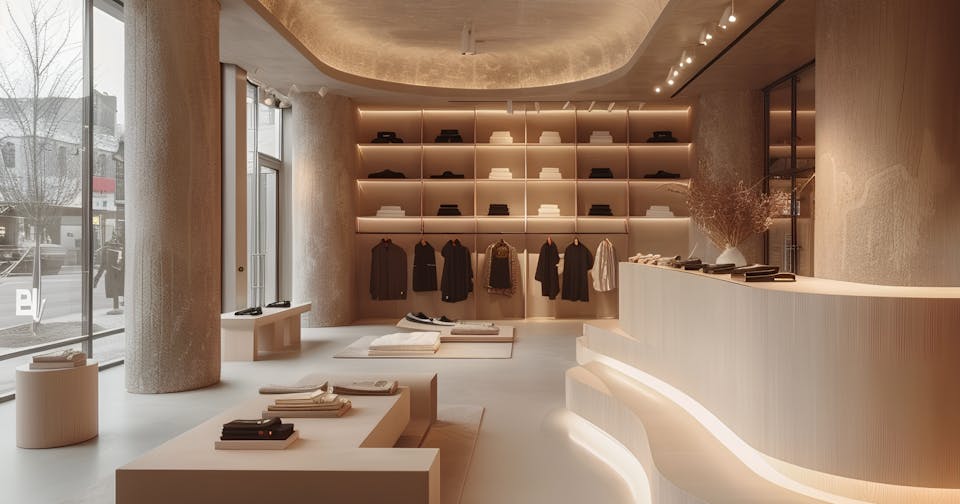Understanding the US Fashion Market: Trends in 2024
Discover key 2024 US fashion trends: from sustainability to tech wearables, and how short-term retail spaces connect brands to consumers.

Share
Introduction
Grasping the pulse of the US fashion market is crucial for brands, designers, and retailers striving to make an impact. With its global influence and dynamic nature, staying ahead of trends is essential. For showroom and retail space rental platforms, this knowledge is pivotal in connecting fashion innovators with their audience.
The US Fashion Market in 2024: Key Trends and Consumer Insights
This year, the US fashion industry is marked by a vibrant palette of trends that cater to a diversity of tastes, lifestyles, and values. Minimalism clashes with bold statements, and sustainable materials share the spotlight with cutting-edge tech fabrics, creating a rich tapestry of style that reflects the complexity of contemporary life.
Among these trends, a few stand out for their widespread appeal and influence:
Eco-conscious Fashion:
An ever-growing demand for sustainable and ethically produced garments is shaping the way brands source materials and design their collections.
Tech-infused Wearables:
From smart accessories to clothing embedded with technology, fashion is increasingly intersecting with tech, offering both functionality and style.
Personalization and Customization:
In a bid to stand out and cater to individual preferences, brands are offering more personalized options than ever before.
Navigating Challenges and Opportunities
The path through the US fashion market is fraught with challenges, including intense competition and rapidly changing consumer expectations. Yet, these challenges present opportunities for innovation, particularly in digital transformation and sustainability. Embracing these can elevate the brand-customer relationship, distinguishing brands in a crowded marketplace.
The Role of Showrooms and Retail Spaces
Physical showrooms and retail spaces remain irreplaceable in the fashion industry. They offer a tangible connection to the product, enhancing brand awareness and fostering customer relationships in ways that digital platforms cannot. For emerging designers and established brands alike, these spaces are crucial for showcasing collections and connecting with the market on a personal level.
Conclusion
Understanding and adapting to the trends of 2024 is indispensable for anyone looking to succeed in the US fashion market. With consumer behavior leaning towards sustainable, ethical, and personalized fashion, brands must align their offerings to meet these demands. Showroom and retail space platforms play a vital role in this ecosystem, offering a bridge between fashion creators and their audience.
As we navigate the complexities of the fashion landscape, embracing these trends, challenges, and opportunities will be key to connecting creativity, commerce, and community in the ever-evolving world of fashion.


